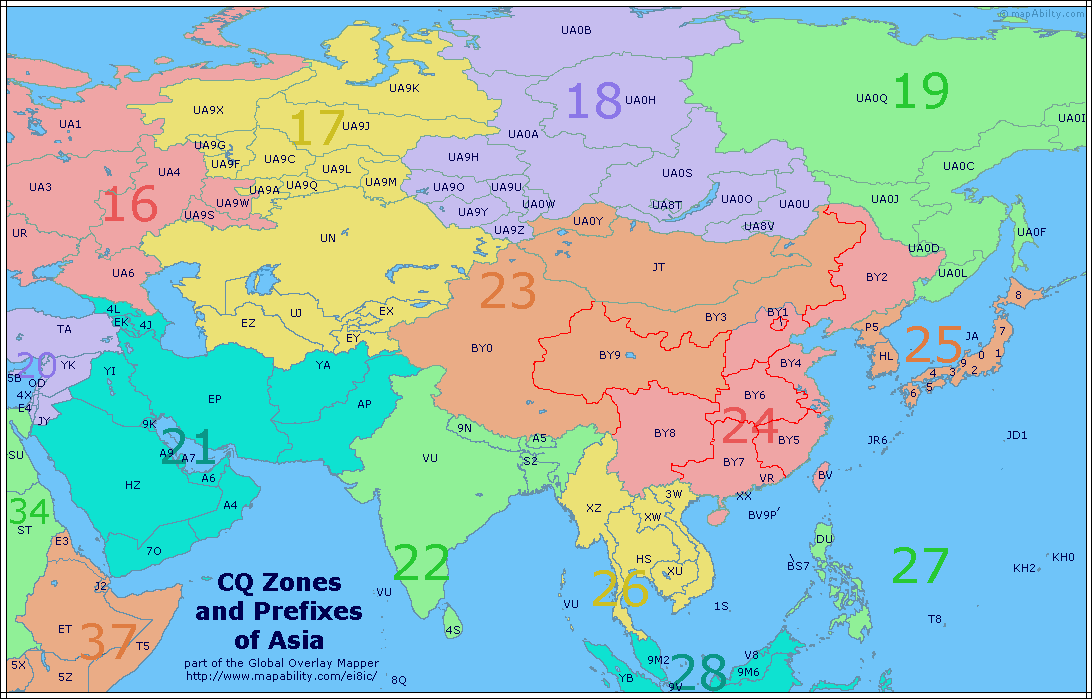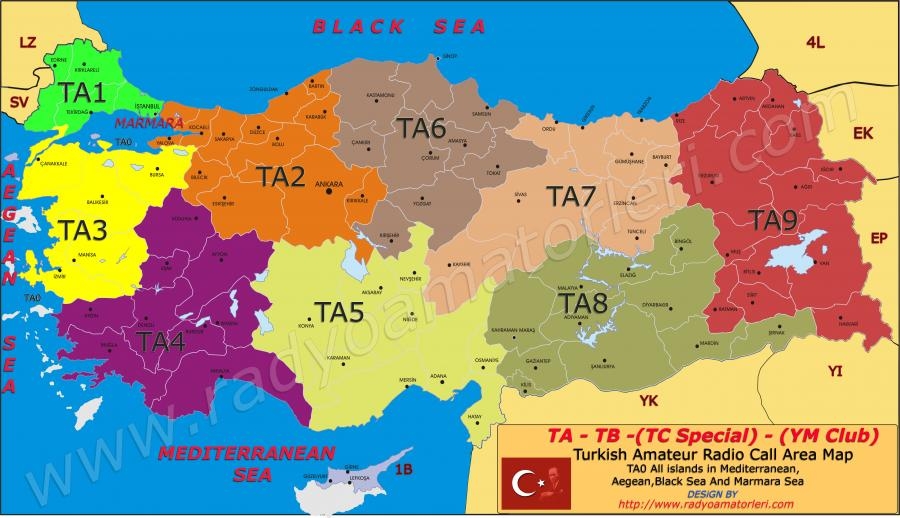

There is one radio on the ISS that operates as a packet digipeater. They can then switch over to the other frequency and pick up stations in Europe or Africa. For example, if a crew member begins a QSO over the US, they can track US stations until they hit the Atlantic and then they will quickly lose US stations. The crew switches between one frequency to the other scanning is not used. It is necessary to use two uplink frequencies to operate in accordance with region-to-region IARU band plan differences. Two of these channels on the 2 meter radio band support voice operations (145.80 down/144.49 up for ITU Regions 2 &3 & 145.80 down/145.20 up for ITU Region 1). There are numerous channels programmed in the radios. A set of 5 default options, or Programmable Memories, are embedded in the D710E to support ISS operations. The higher power capability allows nearly horizon-to-horizon signal reception using simple hand-held radios or scanners.

This radio provides a higher output power capability supporting FM and SSTV operations. The Kenwood TM-D710E radio is located in the ISS Service Module (Zvezda), supports 2 meter (144-146 MHz) and 70 cm (435-438 MHz) operation. A set of 5 default options, or Programmable Memories, are embedded in the D710GA to support ISS operations. This radio provides a higher output power capability (restricted to a maximum of 25 Watts in ISS operation) supporting FM and packet operations. The Kenwood TM-D710GA radio is located in the ISS Columbus Module, supports 2 meter (144-146 MHz) and 70 cm (435-438 MHz) operation. The ISS amateur radios are a Kenwood D710E and a Kenwood D710GA. You'll find this and other tools for satellite tracking on the AMSAT website at Click on the link provided on that page to view the current location of the ISS. Use the drop-down menu to select the "ISS" as the satellite you want to track and enter your longitude and latitude information. You'll find one such pass prediction tool on the AMSAT website. Various online programs allow you to follow the path of satellites, including the ISS.
#Amateur radio international zone map how to
Here's how to obtain one.Ĭommercial and public domain software is available to help track when the ISS will be in range of your station, and where to point your antenna. QSL cards are offered to confirm radio contacts with the ISS. Other call signs may come into use as the station and crew change. The following call signs are available for use on the ISS: Please do not transmit on the ISS downlink frequency. Earth stations can listen to the downlink frequency and transmit on the uplink frequency when the ISS is in range and crew members are on the air. The uplink is the earth station's transmitting frequency. The downlink is the earth station's receiving frequency. Most ARISS operations are split-frequency (each station uses separate receive and transmit frequencies). VHF/UHF Repeater Uplink: 145.99 (PL 67 Hz)įor a description of ITU regions, consult the ITU m ap. VHF Packet Uplink and Downlink: 145.825 (Worldwide) Voice Uplink: 145.20 for ITU Region 1 (Europe, Russia and Africa) Voice Uplink: 144.49 for ITU Regions 2 and 3 (The Americas, and the Pacific and Southern Asia) Voice and SSTV Downlink: 145.80 (Worldwide) The following frequencies are currently used for Amateur Radio ISS contacts (QSOs):


 0 kommentar(er)
0 kommentar(er)
